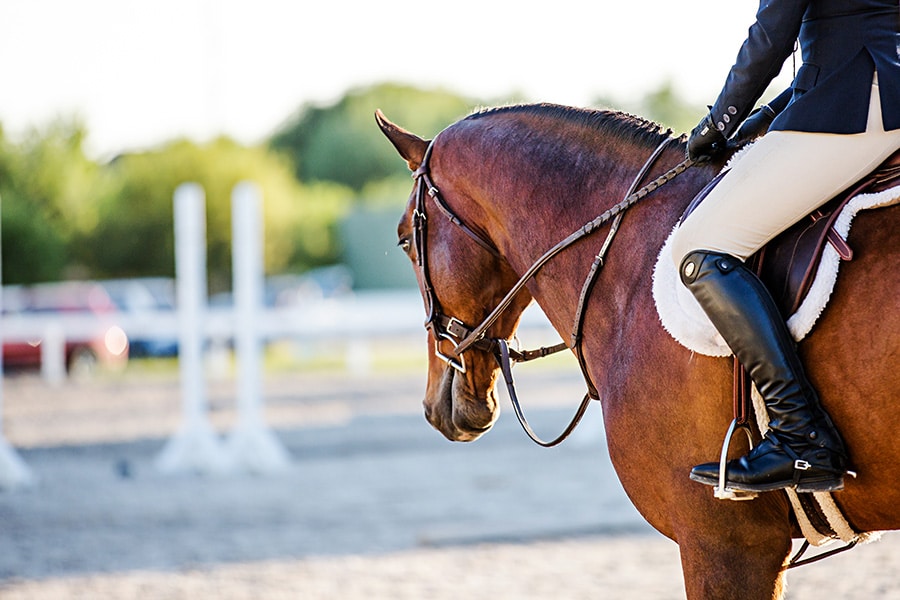There are many different types of horse riding disciplines, each with its own unique competitions. Each equestrian discipline requires different strengths from both horse and rider.
Ready to see where you and your horse could fit in? Read on to learn about the major types of equestrian disciplines.
Horse Riding Disciplines
There are many different ways you can compete with your horse. The three main types of equestrian disciplines are endurance, jumping, and dressage.
Within each of these categories, there are many nuanced ways to compete. From team competitions to individual, and English to Western riding, you’ll want to see what type of riding strikes you.
Endurance
Endurance riding measures the stamina of the horse and rider. In this category, horses are separated into weight categories and compete in distance challenges over cross-country tracks.
Endurance competitions usually involve riding across various terrains over lengthy tracks. In these competitions, the first to pass the finish line is deemed the winner. Arabians are most naturally suited to endurance riding challenges.
Jumping
Show jumping challenges measure a rider’s ability to navigate their horse as they jump over obstacles. Riders jump their horses over various barriers. These barriers are usually a mix of ditches, low walls, and various heights of parallel bars.
During the duration of the competition, penalty points are deducted from riders of nocking or missing jumps. The winner is determined by who finished the round in the shortest amount of time with the least penalties. This is calculated using a points system, where the highest point earners rank better in the competition.
Jumping is one of the most known and popular equestrian disciplines. There is no one breed of horse that excels in these types of challenges. Rather, jumping competitions measure the agility of the horse and the rider’s precision.
Dressage
Dressage riding is often referred to as horse ballet. In this event, the horse and rider perform a series of movements. These movements are determined by the competition and the level that you are competing in. Each level has different compulsory exercises, or movements, to complete during the competition.
In dressage track events, horses perform their sequence of movements on a 60 x 20m track. The first two rounds are usually determined by the competitions, but the third round is typically a freestyle round. Points are awarded by judges throughout each round.
Dressage competitions also have a team component. In the team event, each rider competes with a group and their scores are added together. In many competitions, riders must excel in the team event to qualify for the individuals.
Individual Events vs Team Events
Within each equestrian disciplines, there are individual and team events you can compete in. The way team events are conducted will depend on the discipline and type of competition. When competing in an equestrian team event, you will complete the tasks individually.
Each rider from a group will then have their score added to others competing in the same team. The team with the highest total score will win.
Sometimes, you’ll need to score highly in team events to compete in an individual event. In some competitions, the lowest-performing rider in a team event is dropped from the team score. This often occurs in team dressage events.
In individual events, it’s just you competing with other riders. For point events, like dressage and jumping, the individual with the highest score wins. Racing or endurance events will be measured by the first rider to cross the finish line.
English Riding vs Western Riding
Although each riding discipline is similar across different riding styles, there are some nuances between English and Western riding.
Two of the notable differences are the size of the saddle and the way you’ll hold the reigns. In English riding, saddles tend to be smaller to keep the rider closer to the horse. In Western-style riding, saddles are larger to spread the rider’s weight over a larger surface area of the horse. Western riders also tend to hold the reigns of the horse looser than English riders.
Additionally, there are some differences in the way English and Western riders compete. Each discipline will have its own set of small variations, so find out what this means for your preferred equestrian disciplines.
